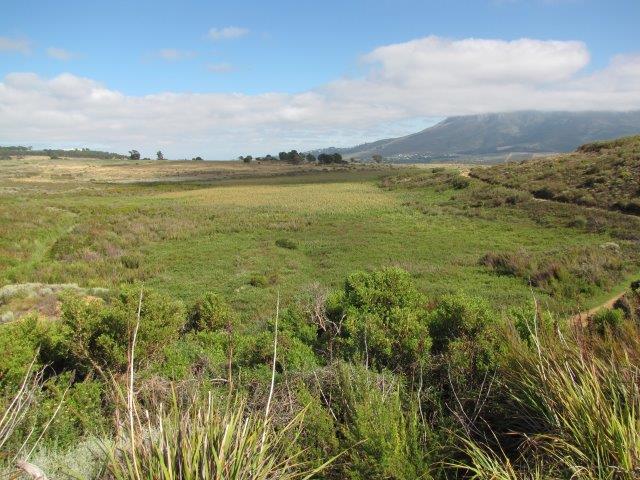To help monitor the post-clearing ecosystem recovery, Vergelegen conducts monthly bird counts, identifies wild flowers and (using infra-red camera systems) monitors wildlife movement.
Species such as the Cape leopard, caracal, grey rhebok and spotted genet are regularly viewed on the footage, says Jacques van Rensburg, Vergelegen’s environmental project manager. The farm’s alien vegetation control programme is believed to be the largest private conservation undertaking in the country. Since the programme was launched in 2004, 2,000 hectares of a planned total of 2,200 hectares have been cleared, Tooth says. According to him, “This project has not only created at least 230 jobs and many opportunities for worker training, it has supported a habitat for numerous species of mammals, birds, amphibians and insects to thrive.” See below: Picture Gallery of Vergelegen Estate In recognition of its commitment to conserving the Cape’s biodiversity for future generations, Vergelegen was the first local wine farm to receive championship status in the Biodiversity and Wine Initiative (2005). It also received a Mail & Guardian Greening the Future award. Some of the farm’s habitats and inhabitants that are exciting the scientific community include:- Mammals: Animals include numerous antelope species, Cape leopard, caracal, honey badgers, snake weasels, silver foxes and spotted genet;
- Bontebok: Once considered the rarest antelope in the world, these thrive at Vergelegen and now number 34 animals.
- Birds: The estate has recorded at least 145 bird species, with frequent sightings of Verreaux eagles, fish eagles and malachite sunbirds. Secretary birds and blue cranes breed on the farm and visitors include steppe buzzards from Russia and yellow-billed kites from North Africa;
- Plants: At least 279 plant species have been recorded on the farm, including 22 on the Red Data List;
- Wetlands: Eighty hectares of rehabilitated wetlands host Wachendorfia, Watsonia and Aristea, varieties of Ericas and endemic Leucodendrons.
- Lourens River: This is the only South African river that is a protected area, and 10 kilometres (of a total 20 km) run through the estate.
- Vineyards: A pioneering project to eradicate leaf roll virus began in 1999. Leaf roll virus diminishes the quality and volume of South African harvests and eventually vines become uneconomical and must be uprooted.
- Cape Leopard Trust (CLT): The estate makes up a portion of the CLT’s Boland Project study area, which stretches over 3000km².
- Renosterveld: Some 140 hectares of rehabilitated land is renosterveld, of which only 4% remains in South Africa.
Picture Gallery of Vergelegen Estate
- Plant species: Custodians of Rare and Endangered Wildflowers (CREW) members regularly visit Vergelegen to monitor plant species.
- Tree health: Dr Jolanda Roux (Professor at the Forestry and Agricultural Biotechnology Institute, University of Pretoria) inspects a fallen tree at Vergelegen.
- Alien vegetation clearing: View of the start of a wetland showing the palmiet bed.
- Bontebok: Bontebok thrive on the farm.
- Alien vegetation clearing: Vergelegen middle dam at 100% capacity in late summer.
- Leaf roll: Vergelegen assistant winemaker and laboratory technician Maritza van Rensburg checks vine health.
- Lourens River: Some 10 km of the Lourens River flows through a section of the farm.















